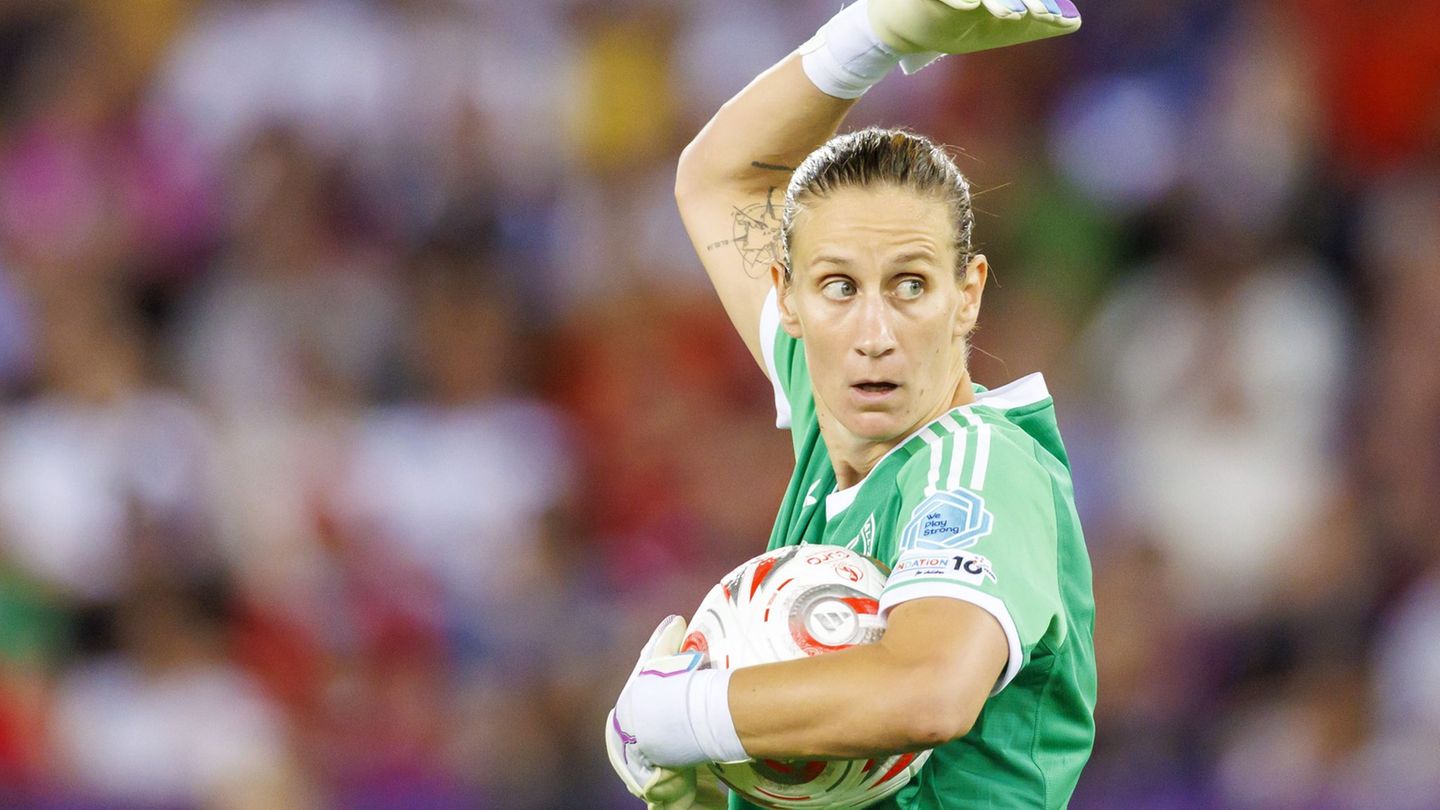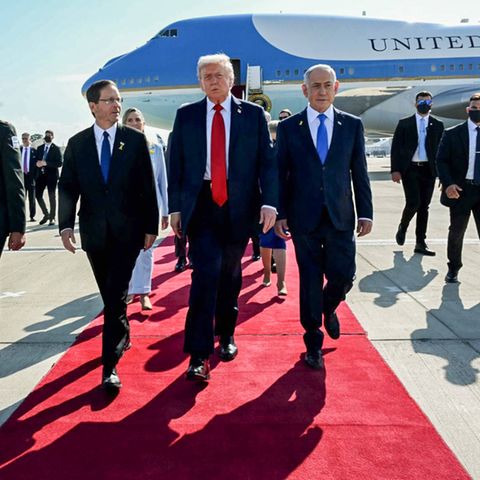In general, among businessmen, and banking is no exception, there is a certain pessimism regarding 2023. “It will not be an easy year”, admit. It is that the challenge that Cesario described, which in itself is not exempt from difficulties, is added to the instability that an electoral process always brings.
Neither is the world transiting nor will it transit a promising scenario. “The international macro complicated by the war and the reappearance of inflation” affirmed the head of ABA, although in his opinion this situation is once again an opportunity for Argentina. However, he recognized that for this it is necessary “First solve our endogenous problems”.
It is common for business meetings to insist on the need to achieve a national agreement and banking is no exception: “the business and union sectors and the political leadership (government and opposition) should work right now on the potential and excellent prospects for development that we have in certain strategic sectors, establishing medium and long-term policies” and, asked everyone to stop “discuss short-term sectoral advantages”.
Increase
Regarding the sector, Cesario asserted that the banking system “It is very healthy” which has “high liquidity and well capitalized” although he acknowledged that “Its size is getting smaller and smaller.” He explained that to converge to the region’s standards would mean “More than triple its size.”
The financial system, on this occasion, was not affected by the exchange problem. Moreover, Cesario affirmed that “banks today are part of the solution, we got through all the turbulence without breaking contracts, which represents a sign of maturity.”
In this sense, he explained thatdeposits grow 2/3 parts more than credits” But the low demand for loans by both companies and companies is explained “due to the high liquidity that companies also have”. Although he admitted “The lack of trust logically translates into businessmen who do not invest and families who do not get into debt in the face of fear of a change in their economic situation.”
Finally, he stated that the pandemic left lessons learned and today channel operations have grown significantly and “their growth continues.”
Cesario explained that debit cards continue to be the most widely accepted electronic payment method, followed by credit cards and virtual wallets.
Another payment mechanism that is growing is the use of the QR code. Up to October they show us that the QR code had 25 million operations, an increase of 40% year-over-year, for a total of $130 billion.
And, for this growth to be maintained and increased, Cesario, on behalf of ABA, insisted again with the request to the BCRA to establish that “QRs are 100% interoperable, allowing users to pay with any credit card and not, as Until now, only with the cards associated with a certain application”.
Lest it be said that the banking sector “earns a lot,” Cesario explained that “the ROE of the system (a measure of profitability) continues to be low compared to comparable countries in the region,” he concluded.
Source: Ambito
David William is a talented author who has made a name for himself in the world of writing. He is a professional author who writes on a wide range of topics, from general interest to opinion news. David is currently working as a writer at 24 hours worlds where he brings his unique perspective and in-depth research to his articles, making them both informative and engaging.




